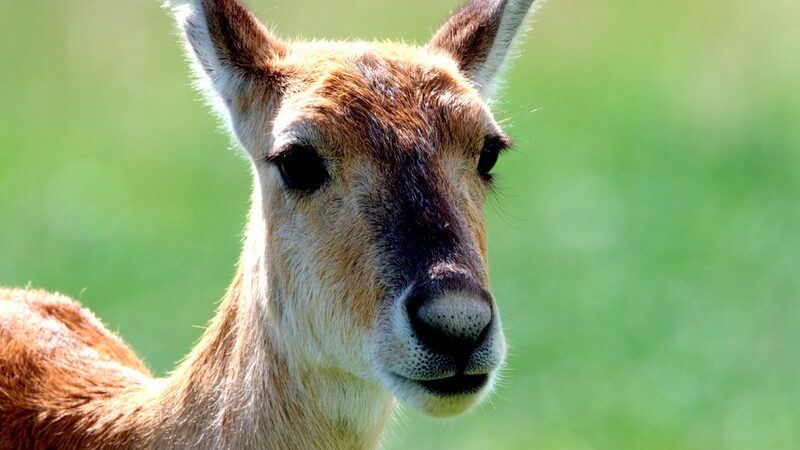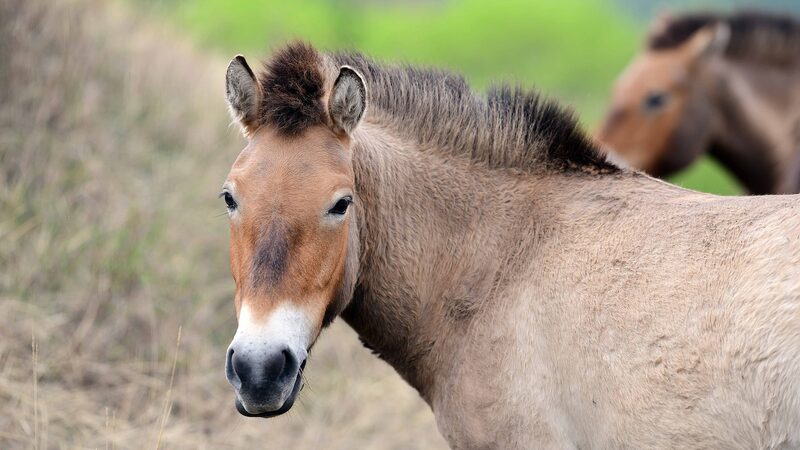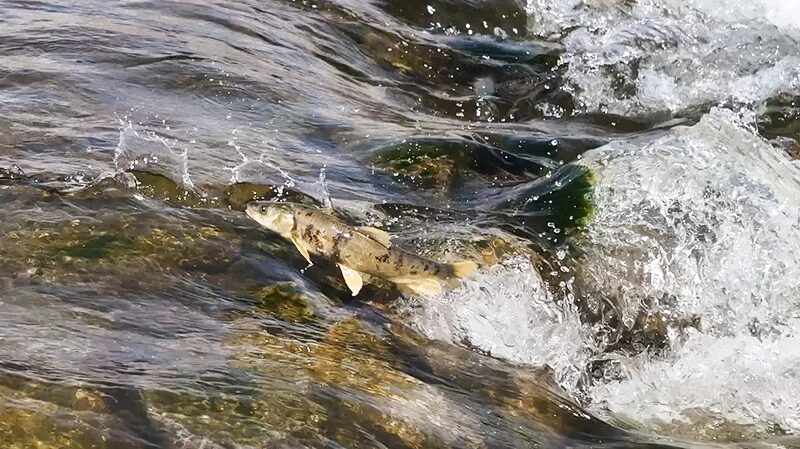High on the plains surrounding Qinghai Lake, a young male Przewalski's gazelle stands apart from the herd. Once a spirited member of his group, he now keeps to himself, his isolation marked by a stark reality—his horns are broken.
In the wild, a gazelle's horns are more than mere adornments; they are vital tools for survival and symbols of status. For this gazelle, the loss occurred during a fierce melee. Without his horns, he faces challenges in finding a mate and defending himself against predators and rivals.
Przewalski's gazelles are among the rarest and most endangered species in the world, with their populations confined to the areas around Qinghai Lake, China's largest saltwater lake sitting over 3,000 meters above sea level. The lake's unique ecosystem supports a diverse array of wildlife, but life here is harsh, and survival is a constant struggle.
The story of the hornless gazelle highlights the delicate balance of nature. His withdrawal from the herd not only affects his own chances of survival but also reflects the broader challenges faced by his species. Habitat loss and environmental changes have put additional pressures on these animals, making each individual's survival crucial to the species' future.
The \"Journeys in Nature\" series by the CGTN Nature team delves into such stories, showcasing China's distinct ecology and biodiversity. By shedding light on the lives of creatures like the Przewalski's gazelle, the series underscores the importance of conservation efforts to protect these vulnerable species and the environments they inhabit.
As we learn about the hornless gazelle's plight, we are reminded of the intricate connections within ecosystems and the impact that even a single incident can have on an individual and the broader species. The resilience of these animals is a testament to nature's enduring spirit, but it also calls for our attention and stewardship.
Reference(s):
Rim of Qinghai Lake Series | Episode 2: Survival's challenge
cgtn.com








